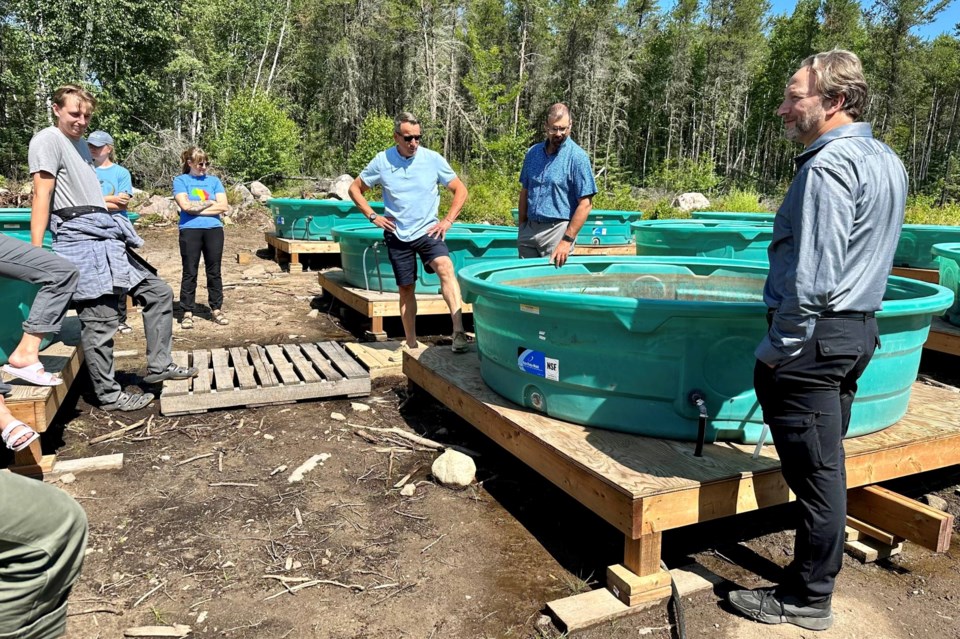Can First Nations establish a sustainable wild rice enterprise in northwestern Ontario? That’s what a new research project at the IISD Experimental Lakes Area (ELA) hopes to find out.
In operation since the late 1960s, the IISD-ELA is a kind of “natural laboratory,” made up of 58 small, freshwater lakes, where scientific research is performed. The area is located about 50 kilometres east of Kenora.
With its newest experiment, researchers want to explore the use of fish waste as fertilizer and its impact on freshwater in cultivated wild rice paddy areas, as well as the opportunties associated with growing fish via aquaculture.
The project is being conducted by the IISD-ELA in partnership with the Myera Group, Lakehead University, Eagle Lake First Nation, and two additional First Nations from the Treaty 3 area.
Its ultimate goal is to create an appropriate, sustainable wild rice harvest for Indigenous communities in the area.
To support the endeavour, Northern Development Minister Greg Rickford announced $550,000 in Northern Ontario Heritage Fund money on June 12.
“This critical funding from NOHFC will allow us to do what we do best: work with scientists, local communities, industry and Indigenous partners to better understand and improve the health and use of freshwater supplies and build the economy sustainably,” said Matthew McCandless, executive director of the IISD Experimental Lakes Area, in the news release.
“We are thrilled to continue working together to build a new centre for climate learning to benefit everyone in Northern Ontario today and for generations to come.”
Through the project, researchers are aiming to achieve a more consistent supply of wild rice on First Nations than the current, in-lake harvesting methods. They’ll also be looking at cultivating fish through aquaculture.
There may be additional opportunities to commercialize value-added foods from the wild rice, such as bannock and wild rice blends.
As part of the project, people from the participating Indigenous communities will receive training and employment opportunities in the wild rice and aquaculture operations, environmental monitoring, and during the post-research phase.
“Our government is committed to building sustainable local food production that keeps northern and Indigenous communities thriving,” Rickford said in the release.
“We are proud to support this critical research in the North at one of the world's most influential freshwater research facilities.”
